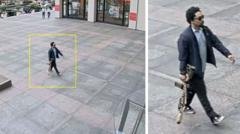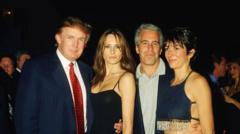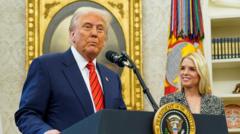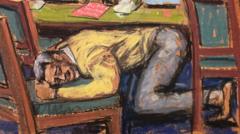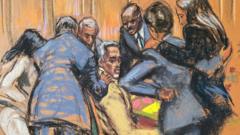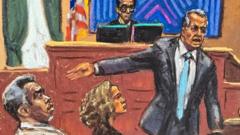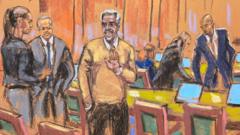The legal battle between art collectors Sun and Geffen over the ownership of "Le Nez" highlights the murky dealings in the high-value art market, including accusations of forgery and fraudulent representation.
High-Stakes Art Dispute Unveils the Shadowy Art Market

High-Stakes Art Dispute Unveils the Shadowy Art Market
Billionaires David Geffen and Justin Sun's ongoing lawsuit over a Giacometti sculpture reveals the complexities and obscurities of the art trade.
Billionaires in the art world rarely publicly disclose their private dealings, but ongoing legal disputes between entertainment mogul David Geffen and crypto entrepreneur Justin Sun over a Giacometti sculpture are shining an unprecedented light on the opaque nuances involving art ownership. The sculpture in question, Alberto Giacometti's “Le Nez” ("The Nose"), and its alleged ownership have become the focal point of an intense legal confrontation taking place in a federal court in New York, revealing unlicensed agents and backdoor agreements shrouded in secrecy.
Sun, who is known for founding the cryptocurrency platform Tron in Singapore, claims that the sculpture, purchased for $78.4 million at a 2021 auction in New York, was sold without his consent by one of his advisors—an allegation that carries significant implications for the integrity of the art transaction. Sun’s lawsuit posits that this advisor forged documents and fabricated a nonexistent Chinese lawyer to facilitate what he describes as an illicit deal. The legal drama is complicated further by accusations from Geffen, who argues that Sun's claims are simply a convoluted ruse stemming from the latter's remorse over parting with the artwork.
Adding complexity to the case is the involvement of a dubious art advisor whose current status is uncertain, purportedly being detained in China, raising questions about accountability and oversight within the high-stakes art market. Geffen asserts that he legitimately acquired “Le Nez” after it was on loan to the Giacometti Institute in Paris, hence positioning himself as the rightful owner amidst the allegations.
Such intricate disputes are not uncommon in the art world, but the visibility of this case brings to light broader concerns surrounding the frequently unregulated nature of overlapping art transactions. The incident suggests an urgent need for transparency and reform in the market, where anonymity and unverifiable claims can spiral into serious conflicts. As the lawsuit progresses, the outcome may not only determine the fate of a singular piece of art but could potentially influence how art is bought and sold on a global scale, exposing the underbelly of one of the world’s most elitist markets.



